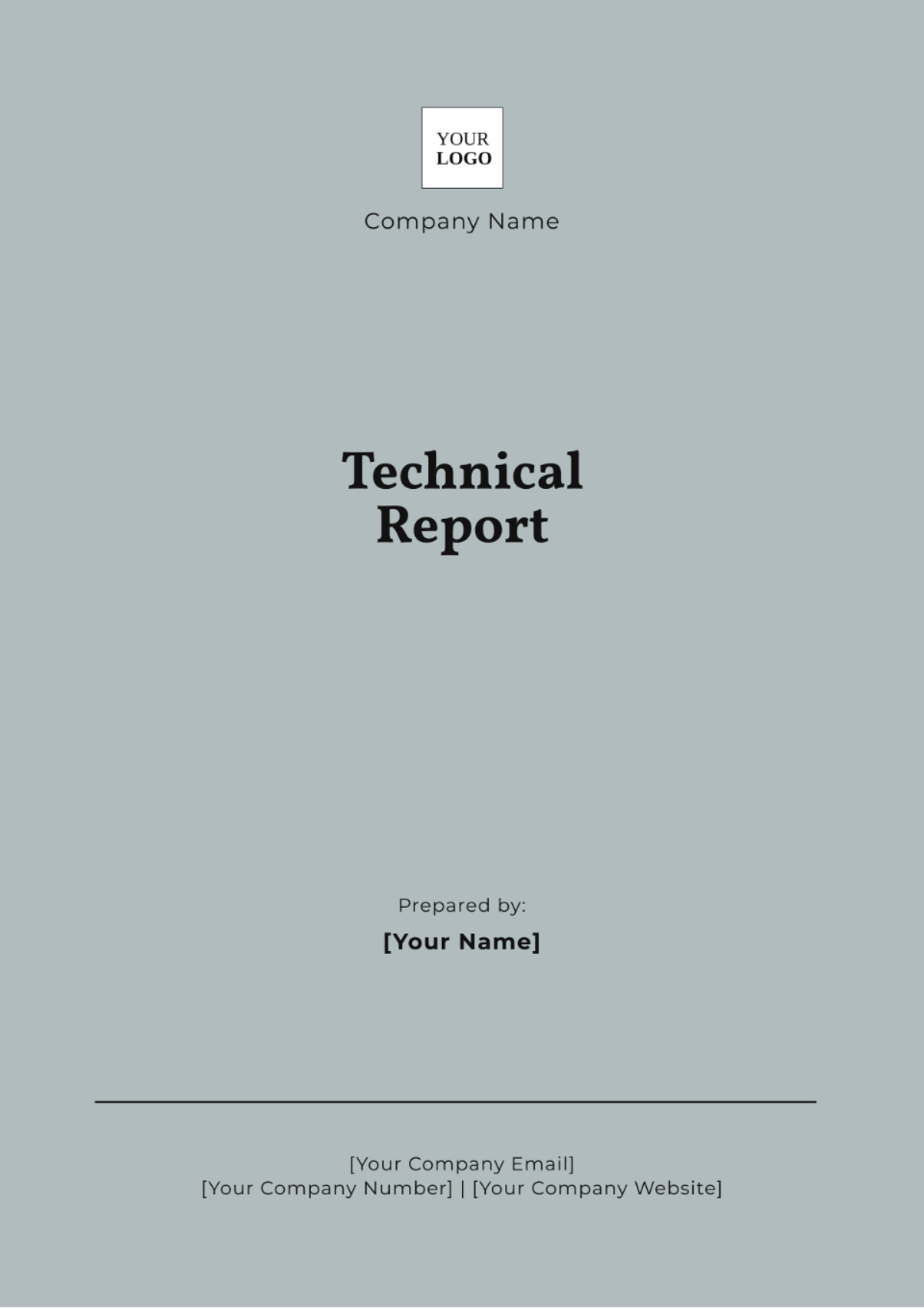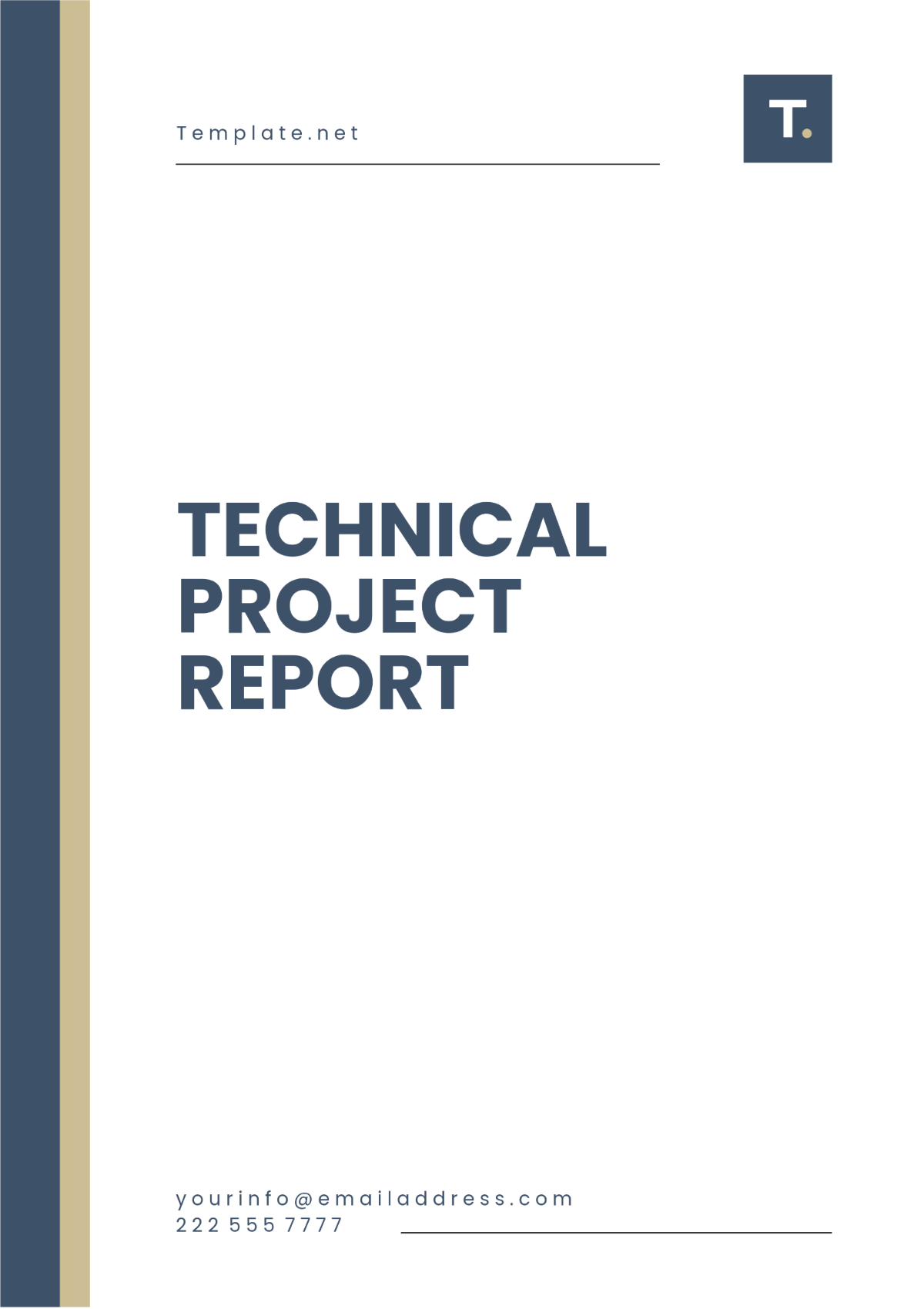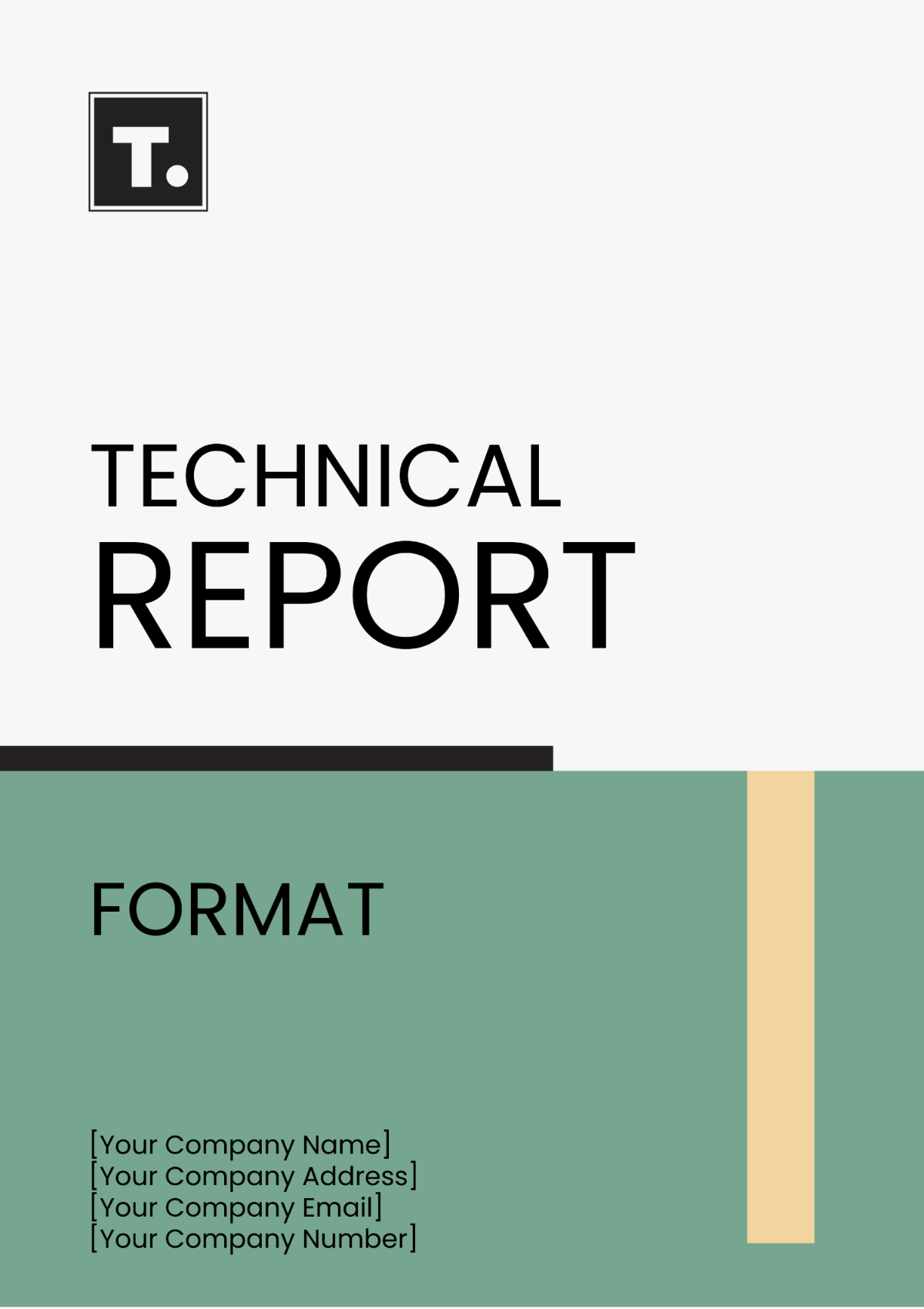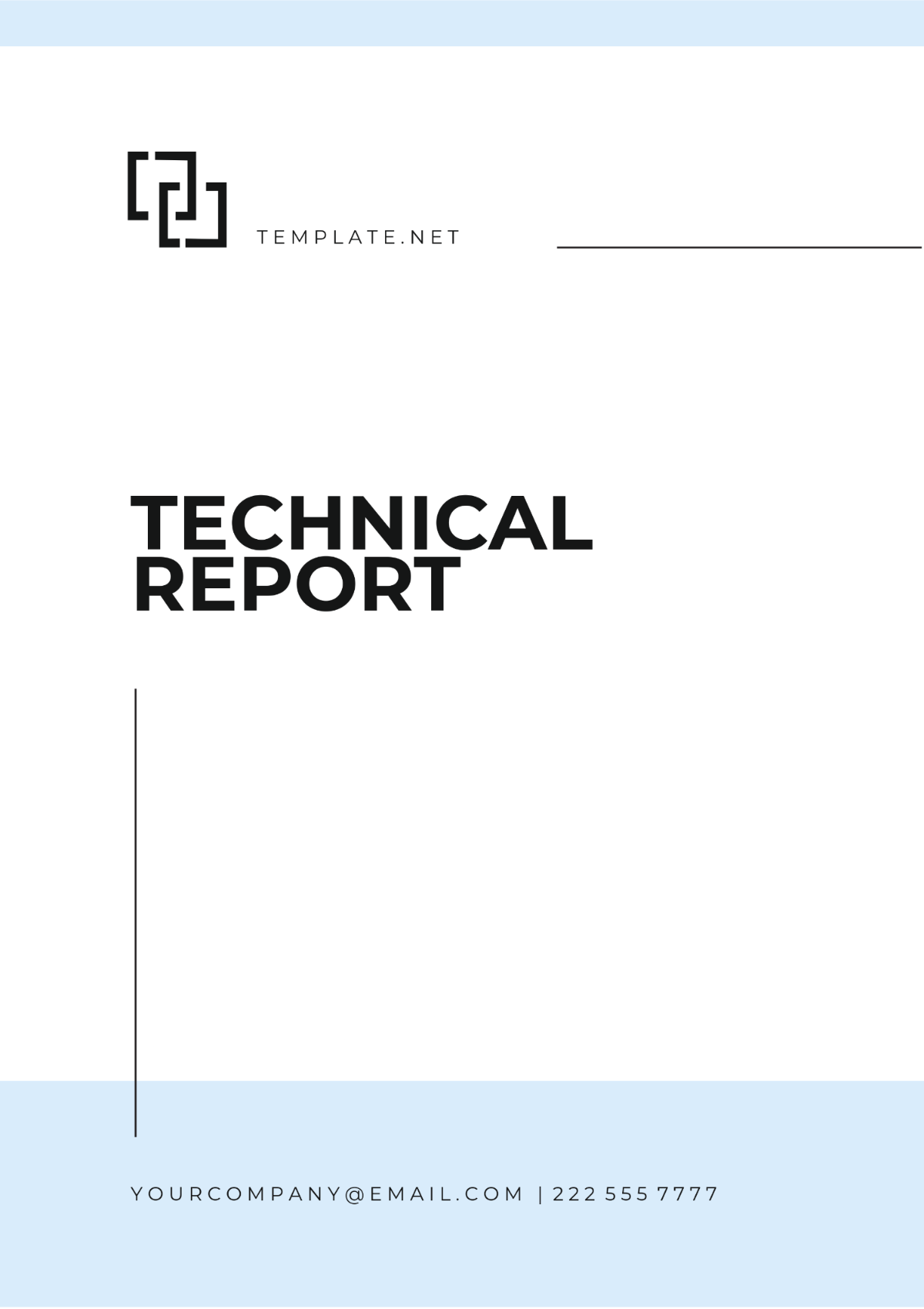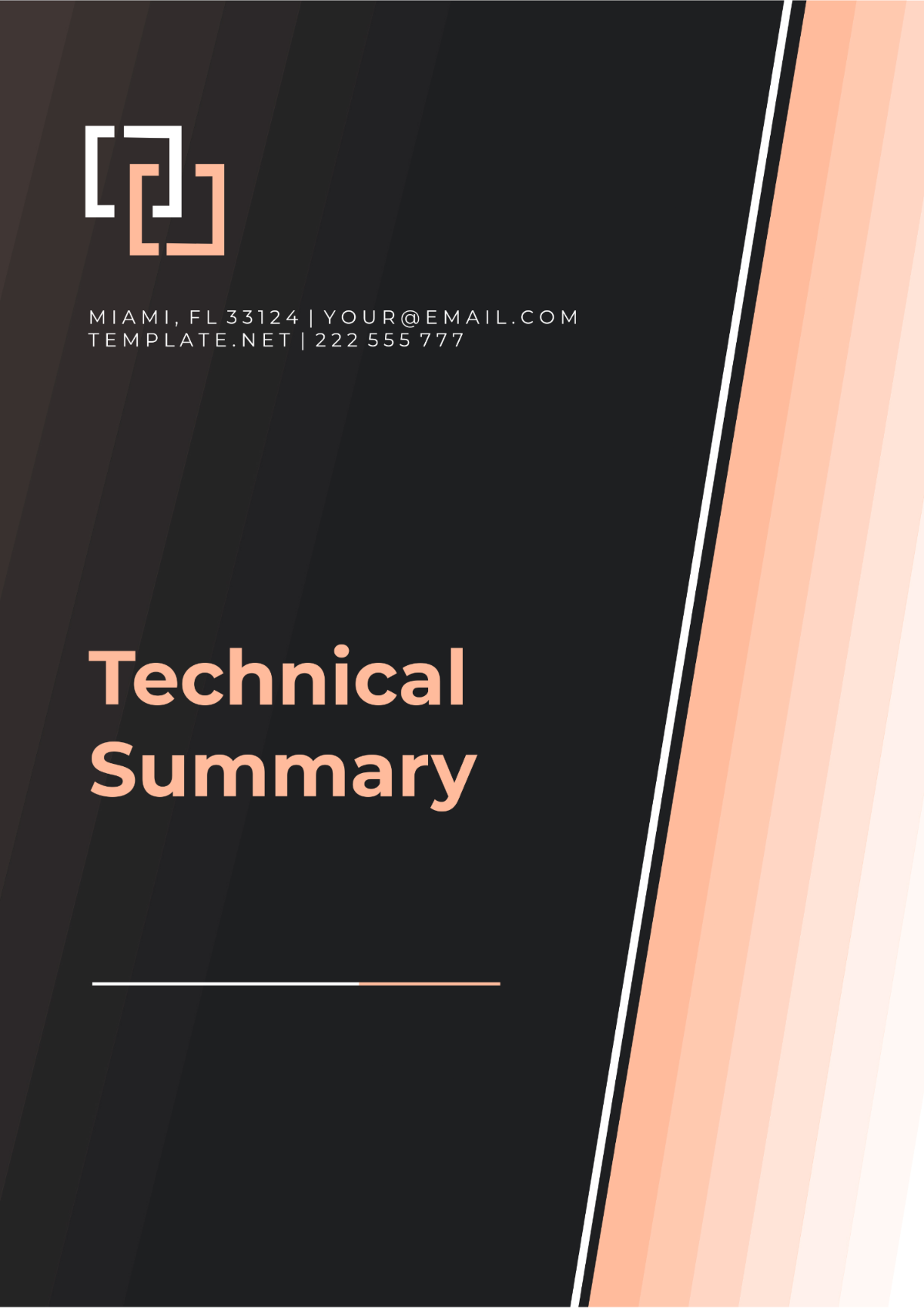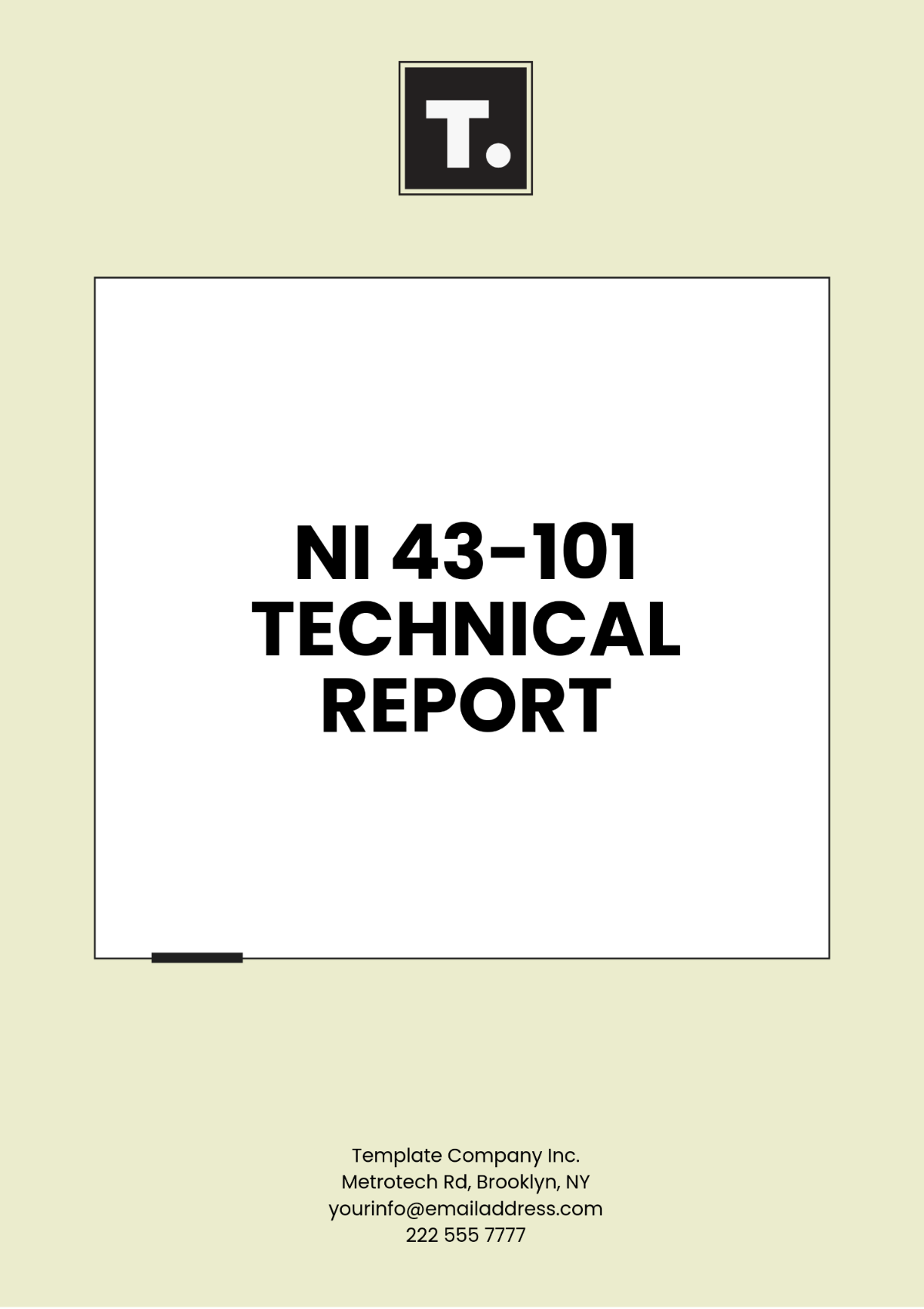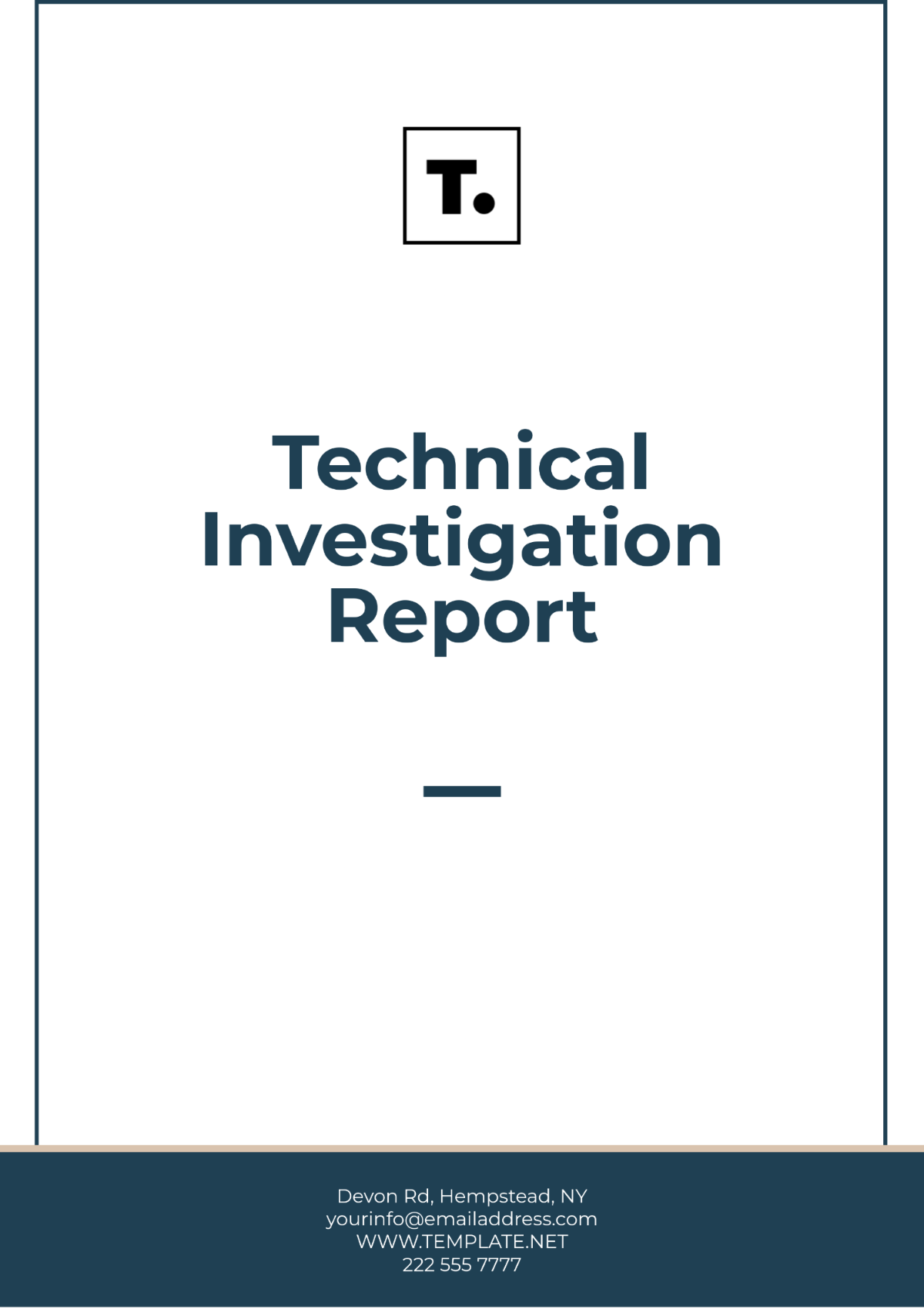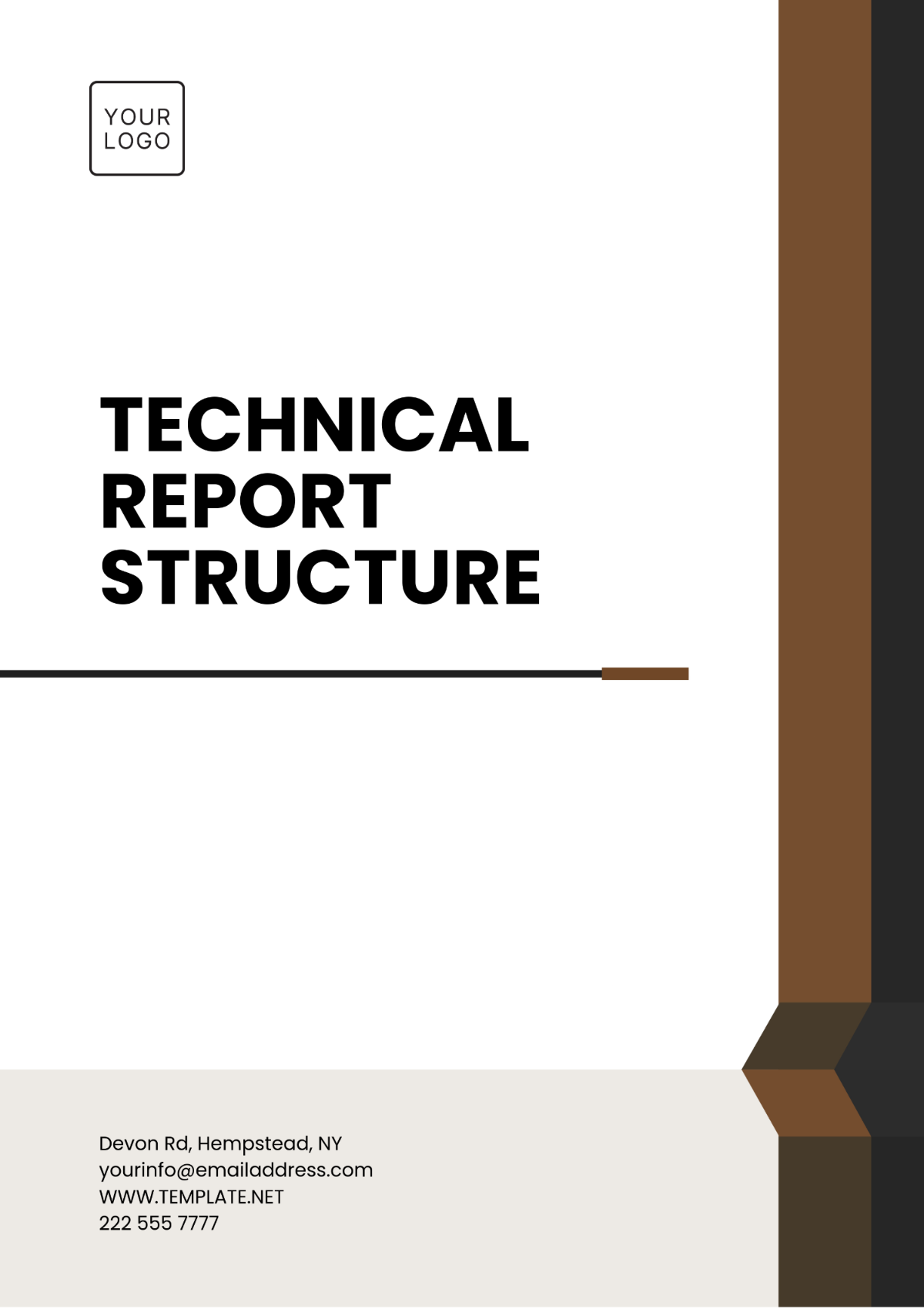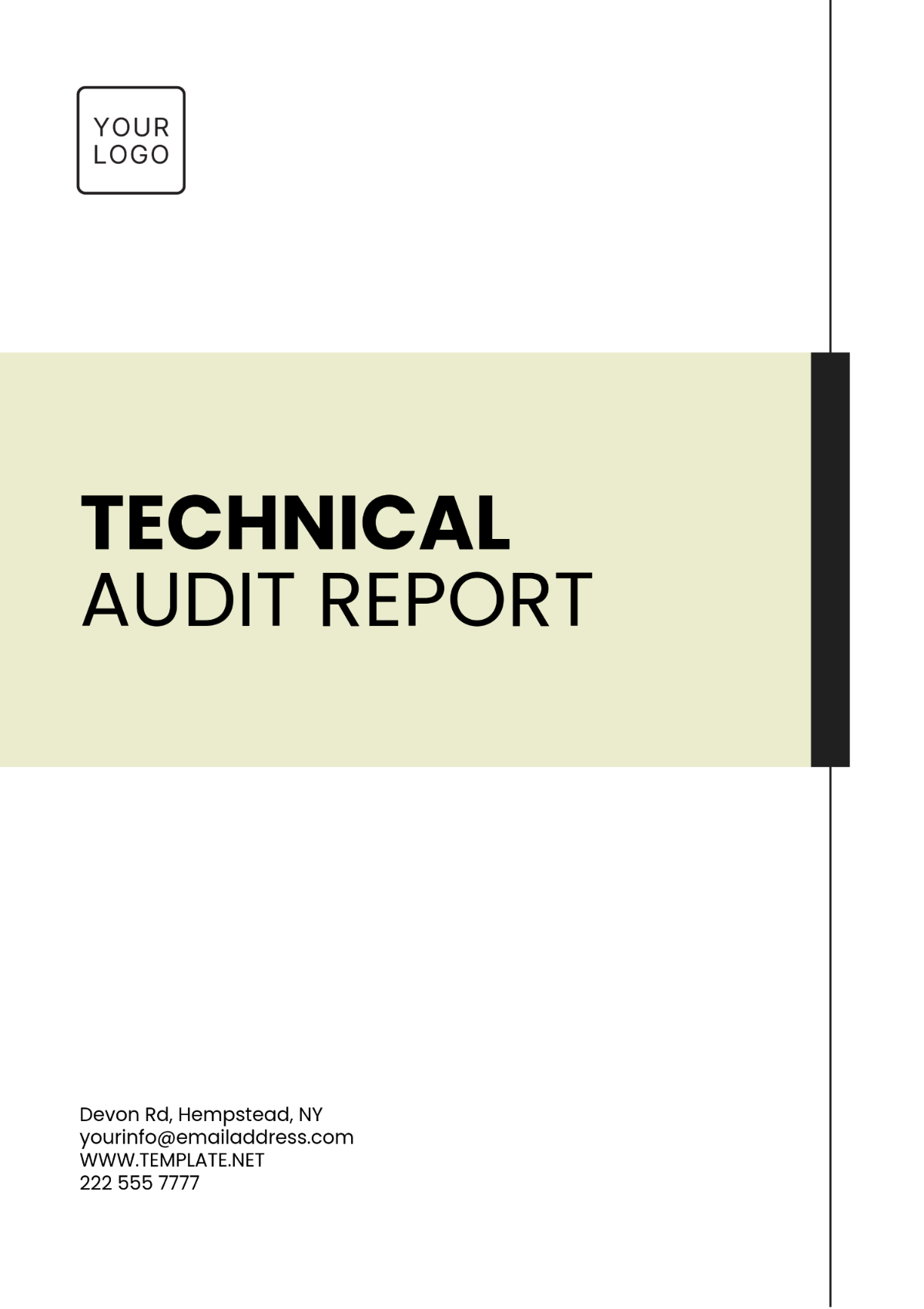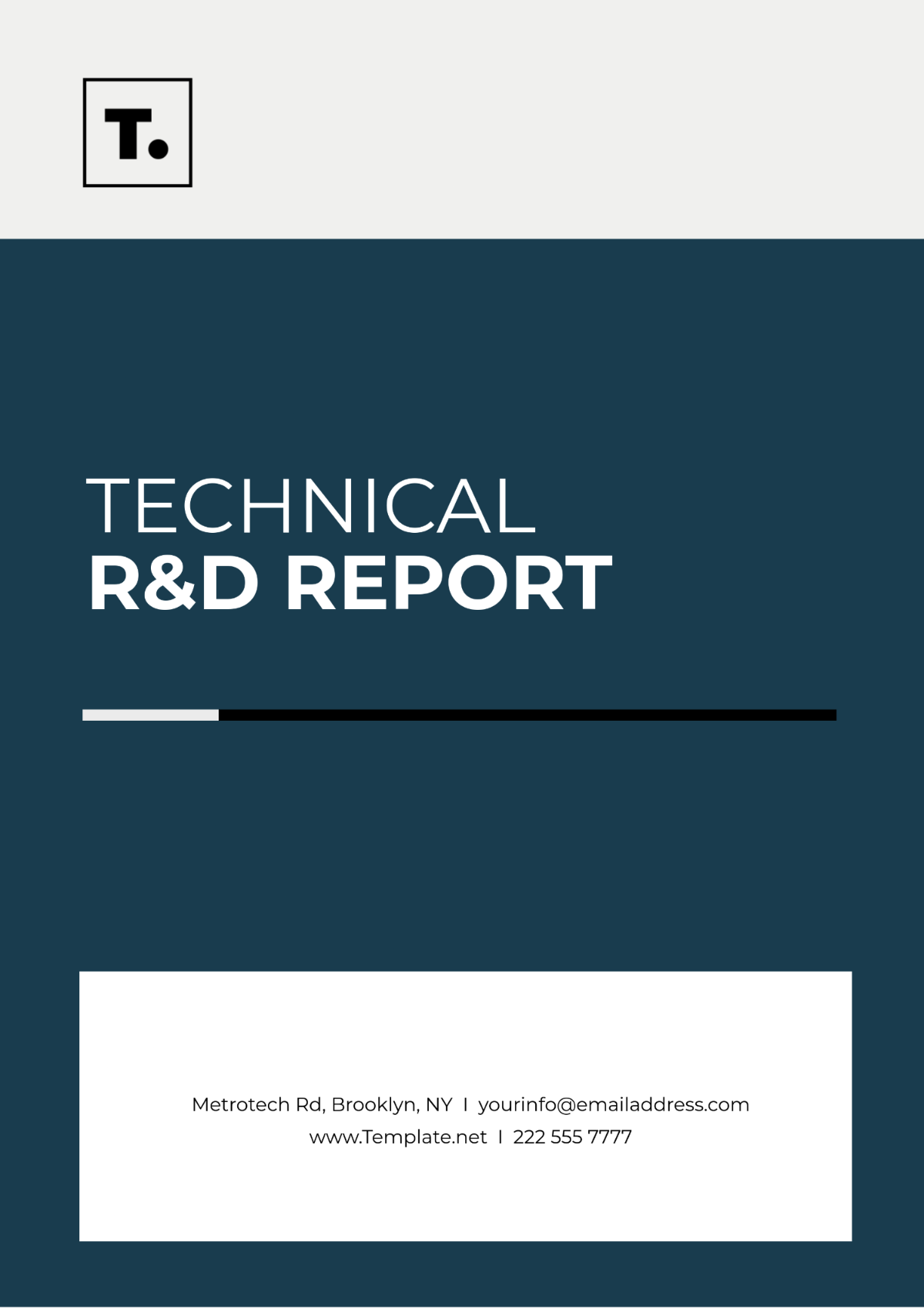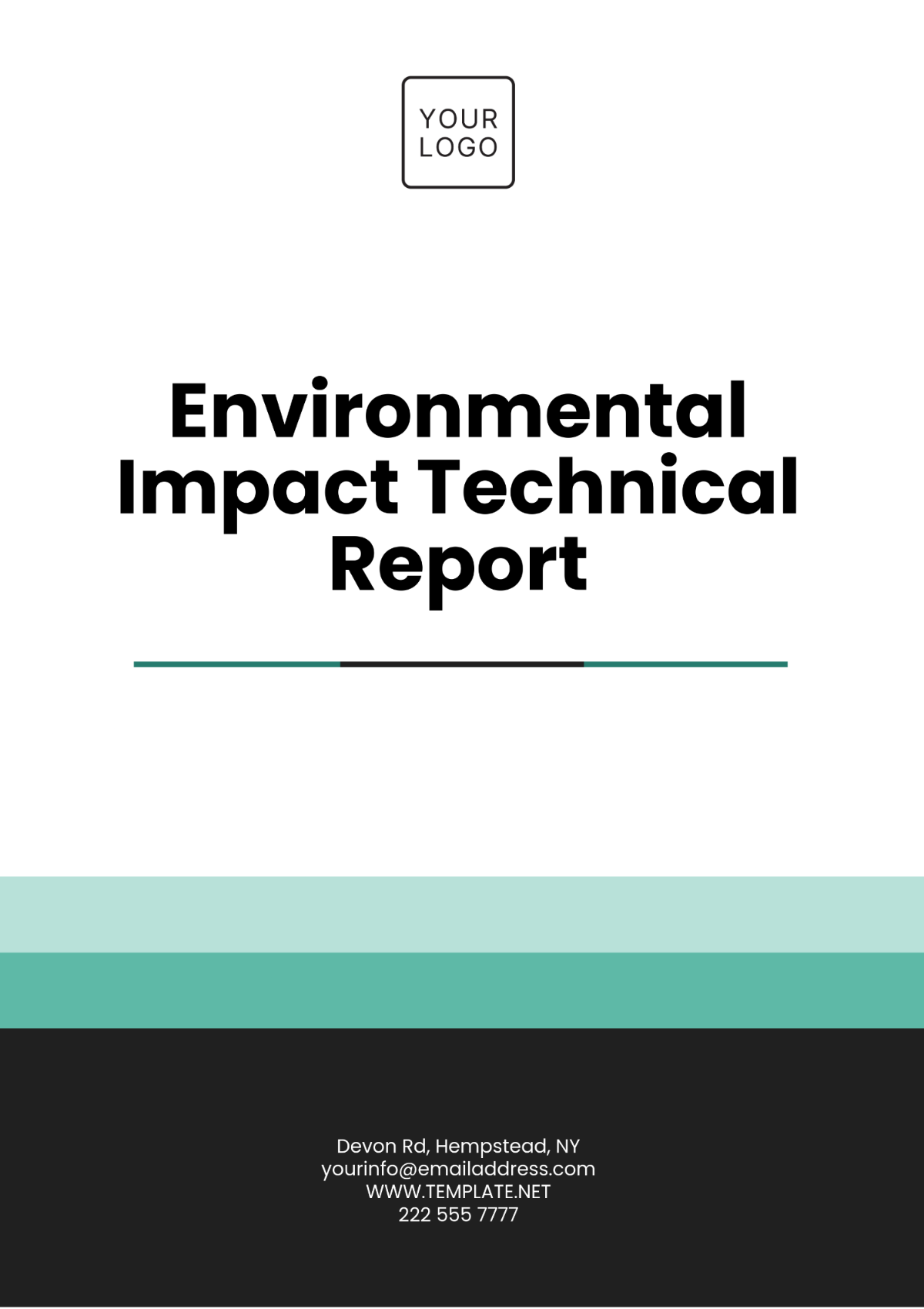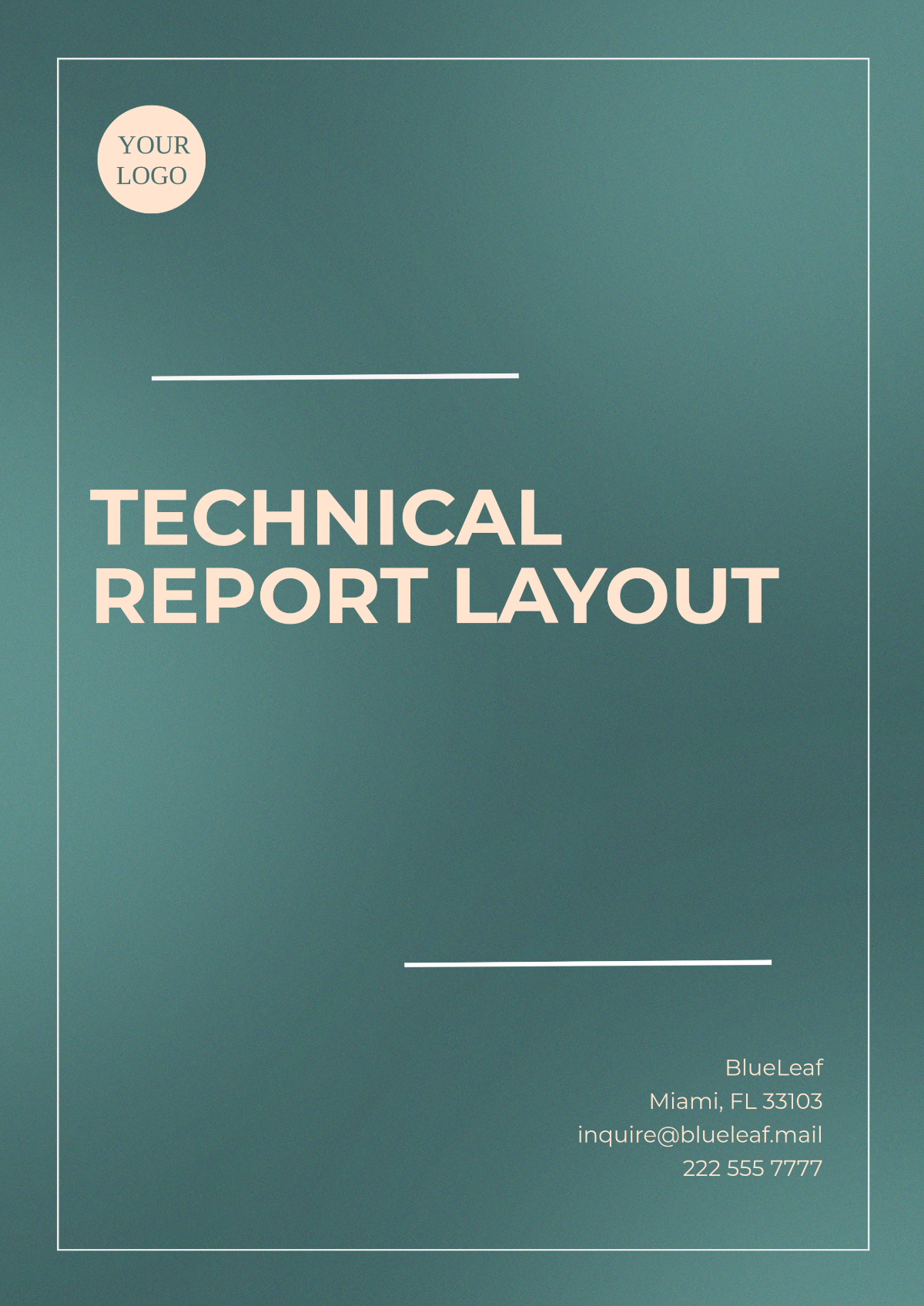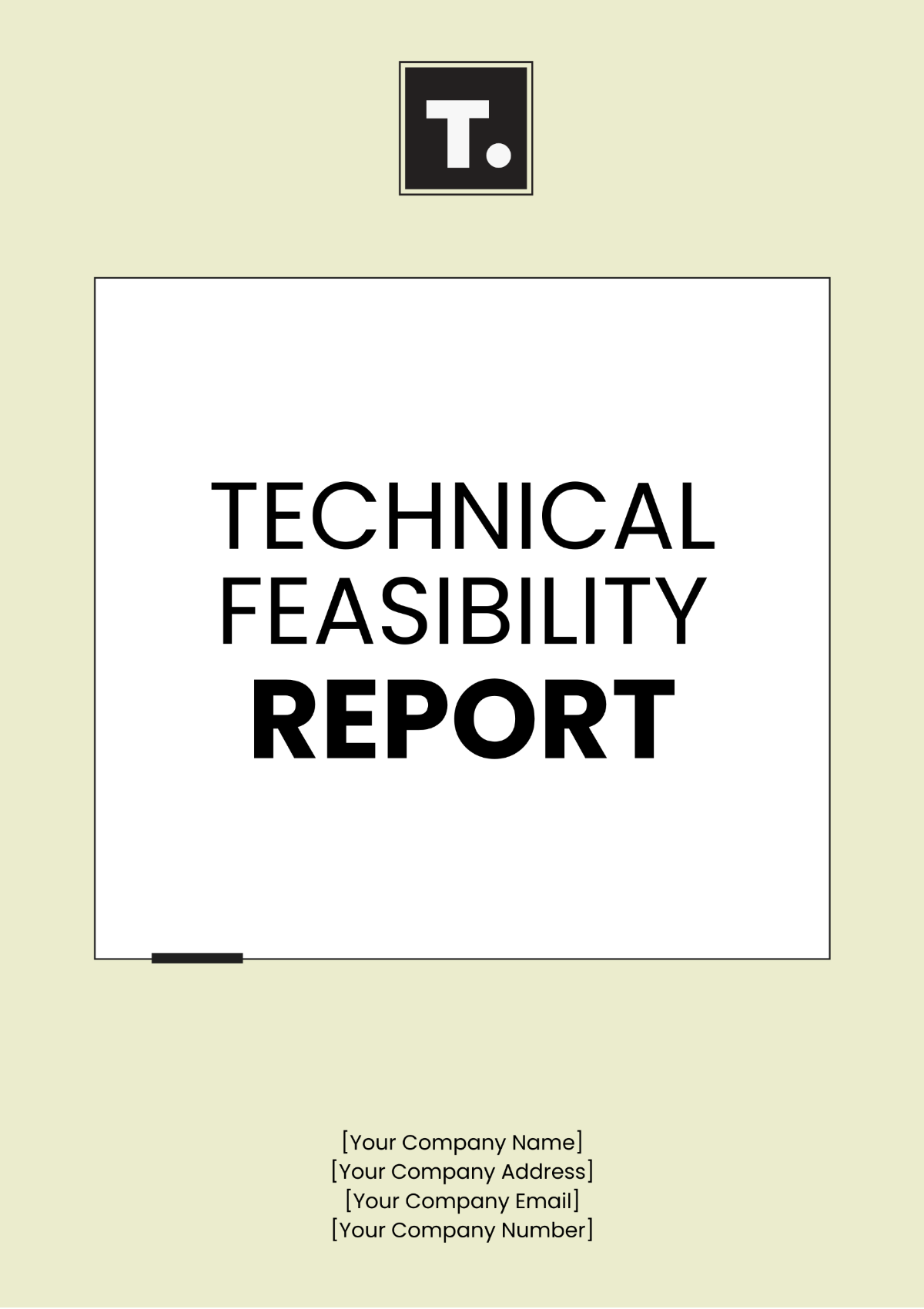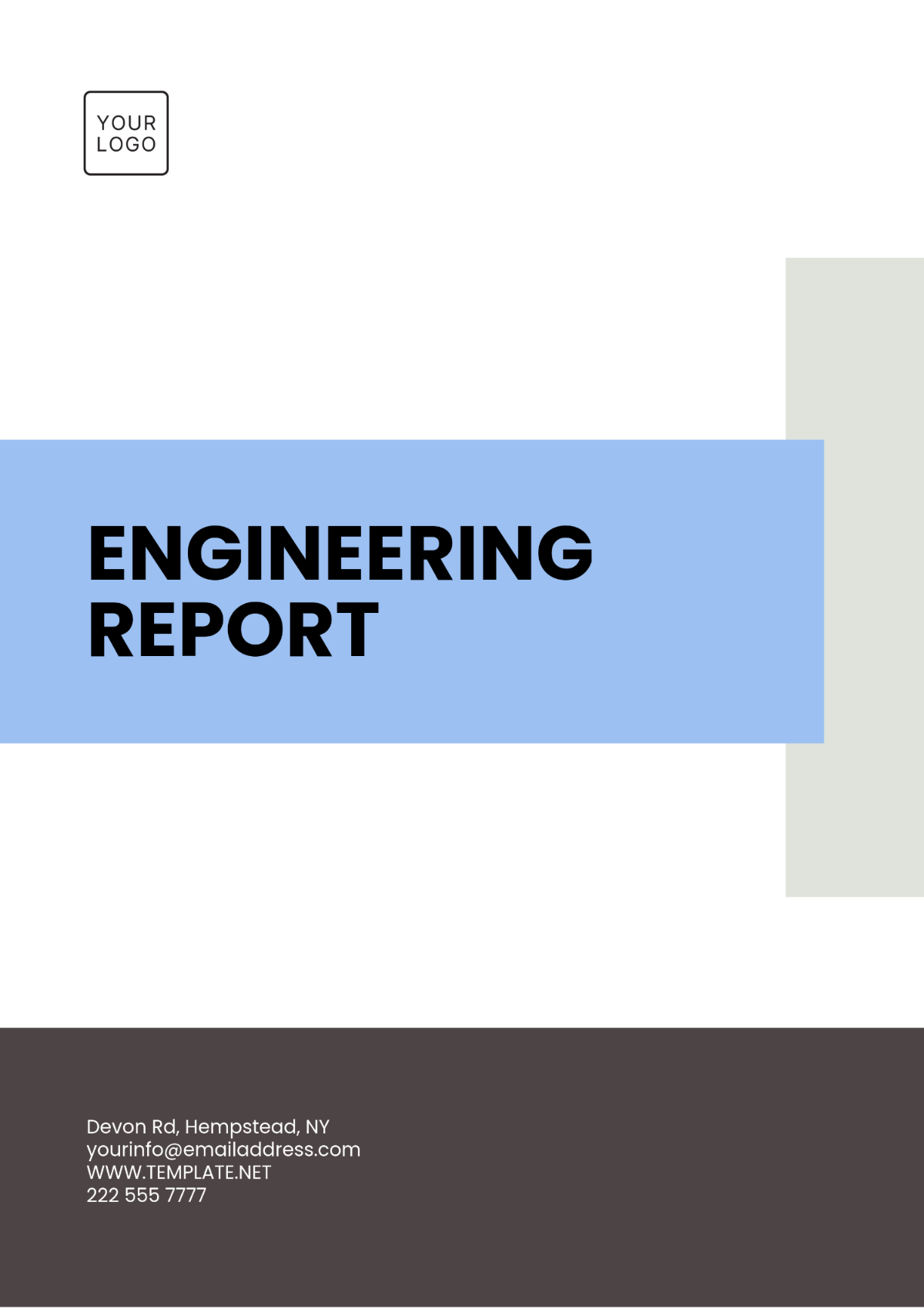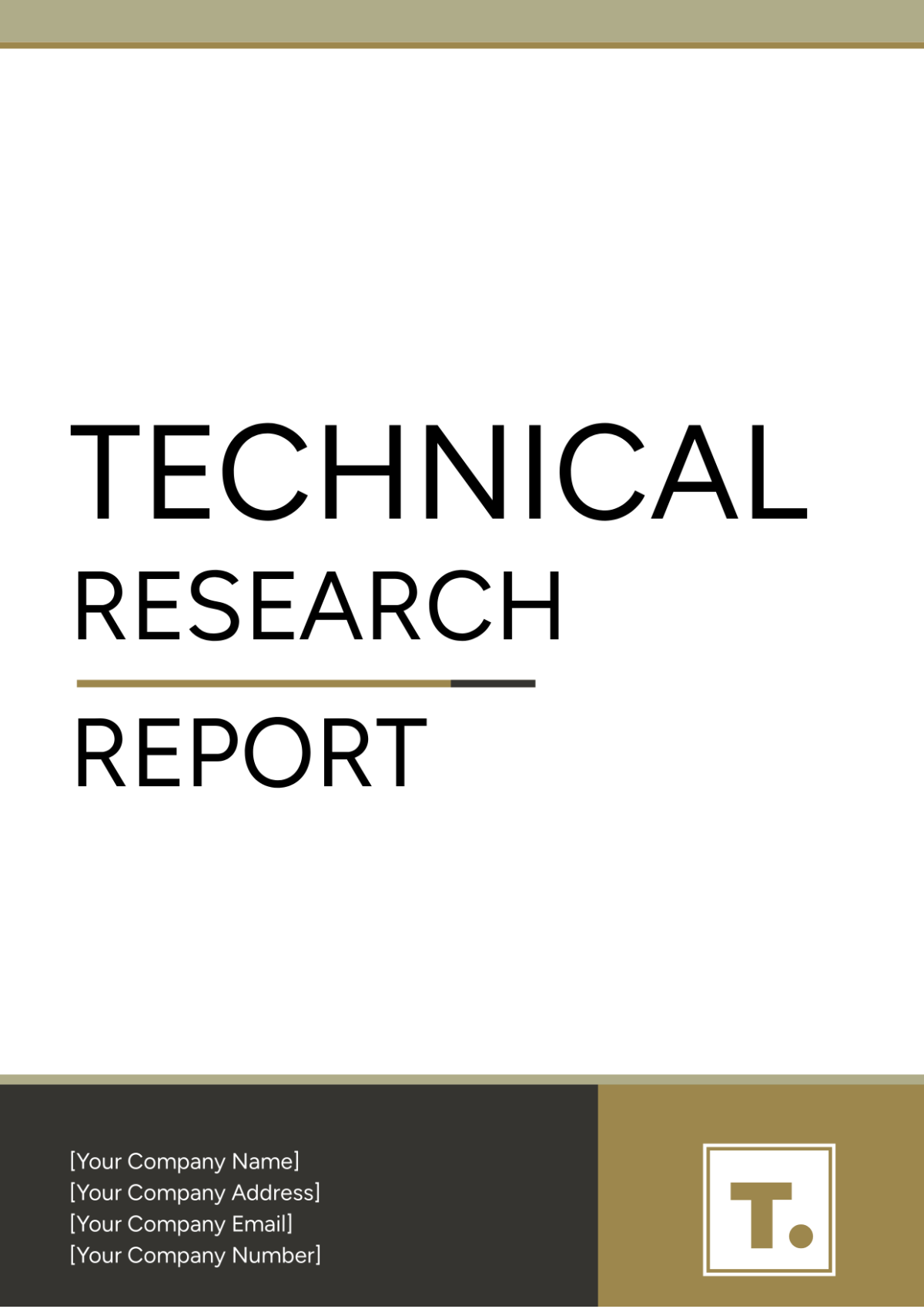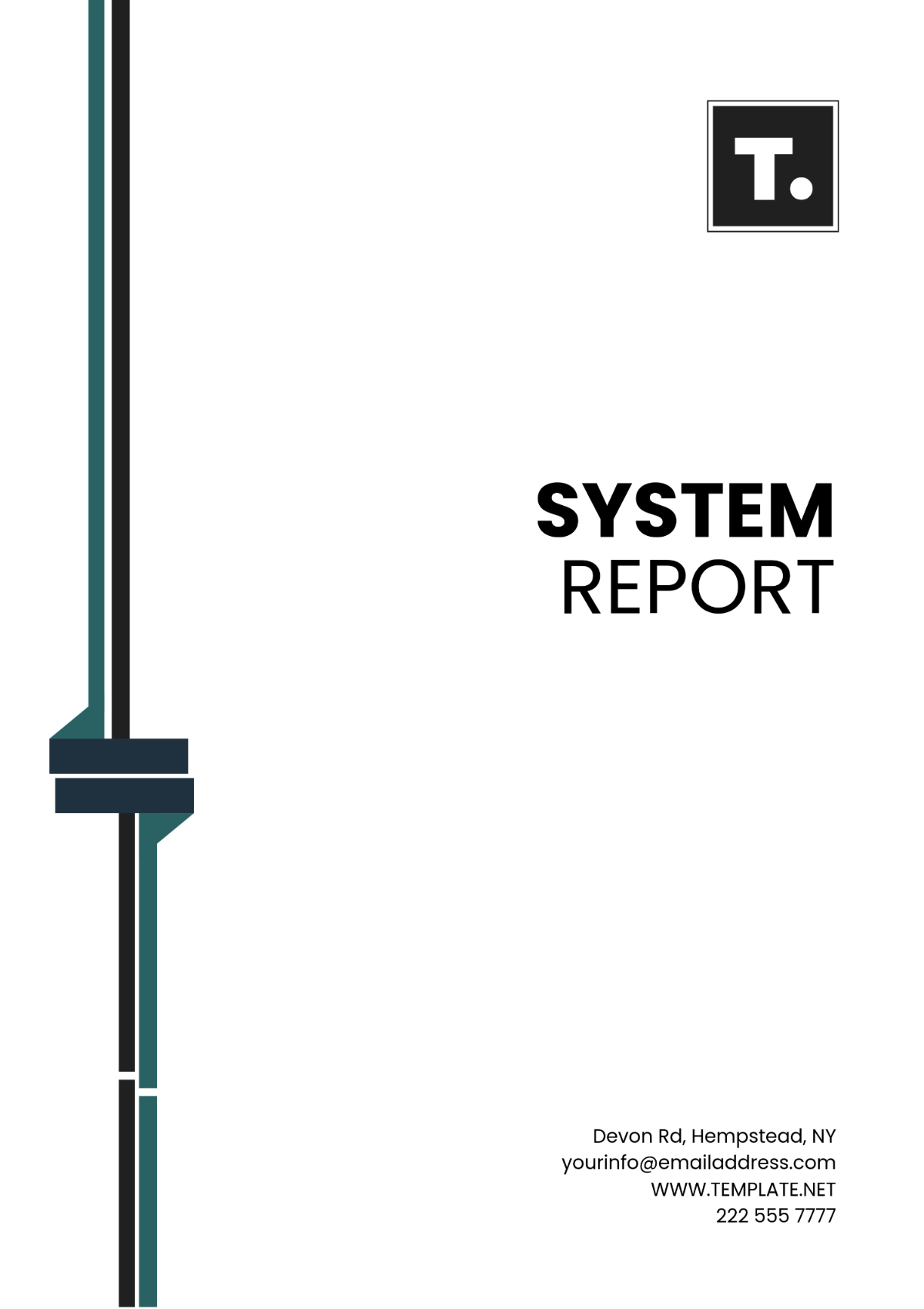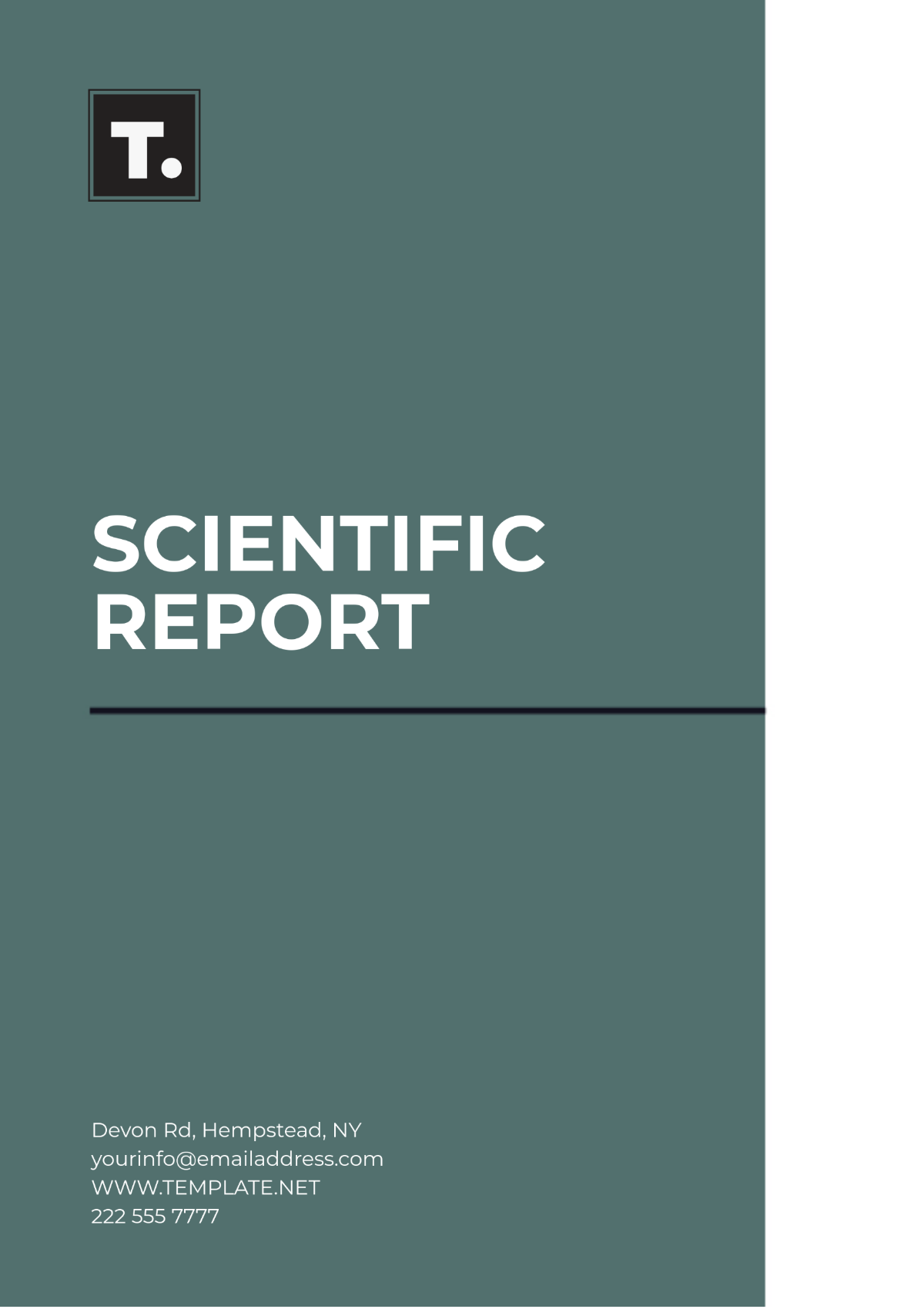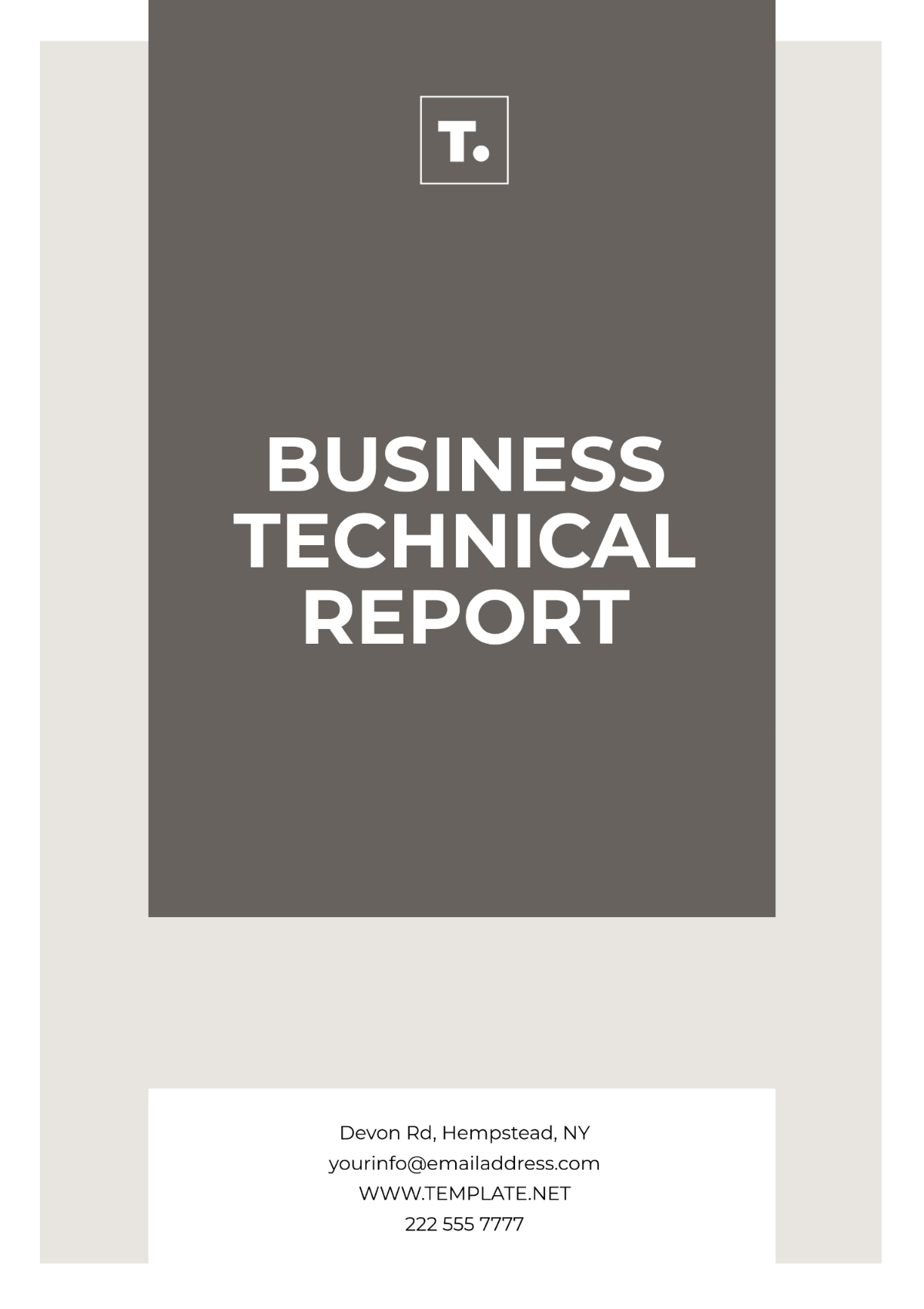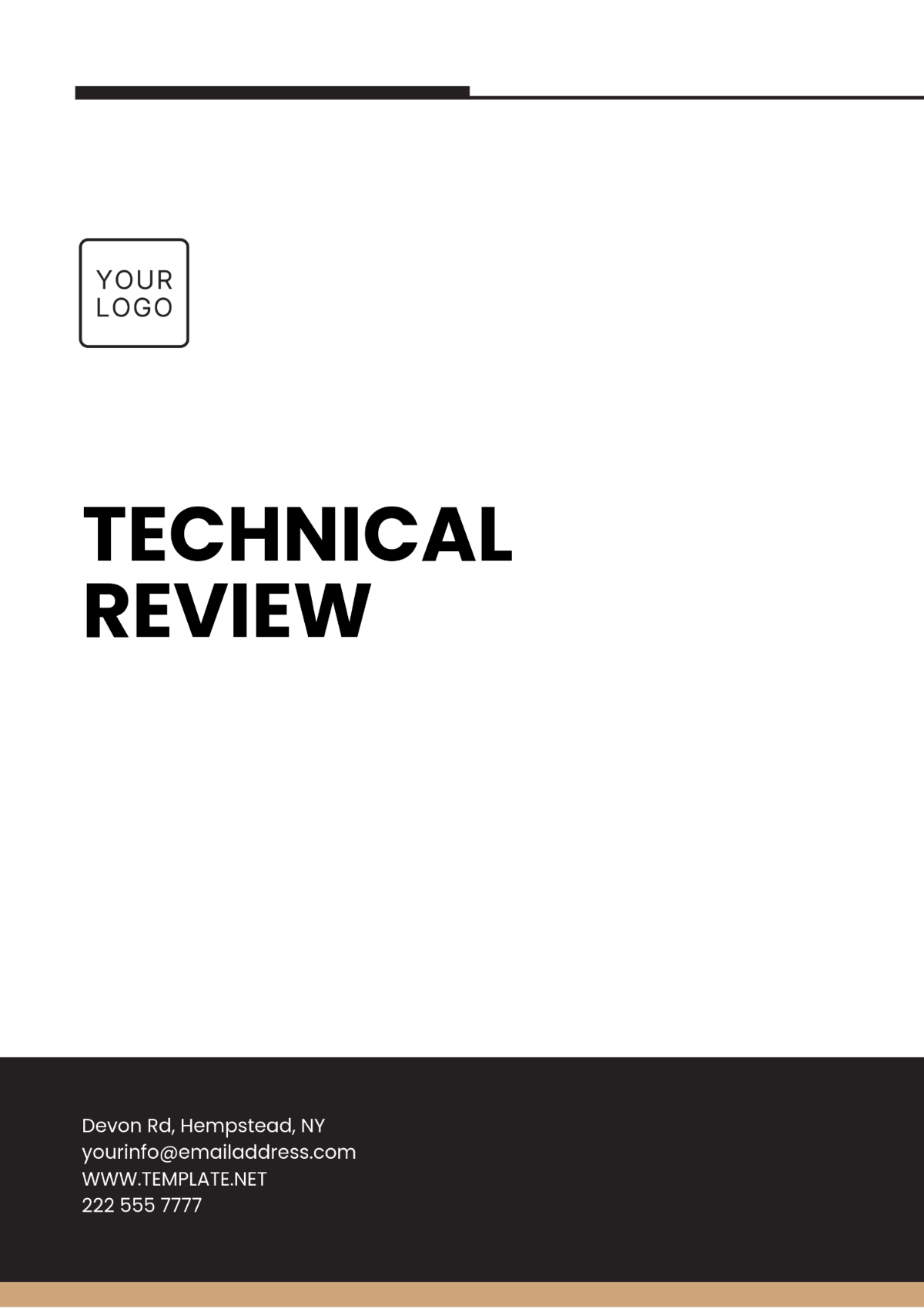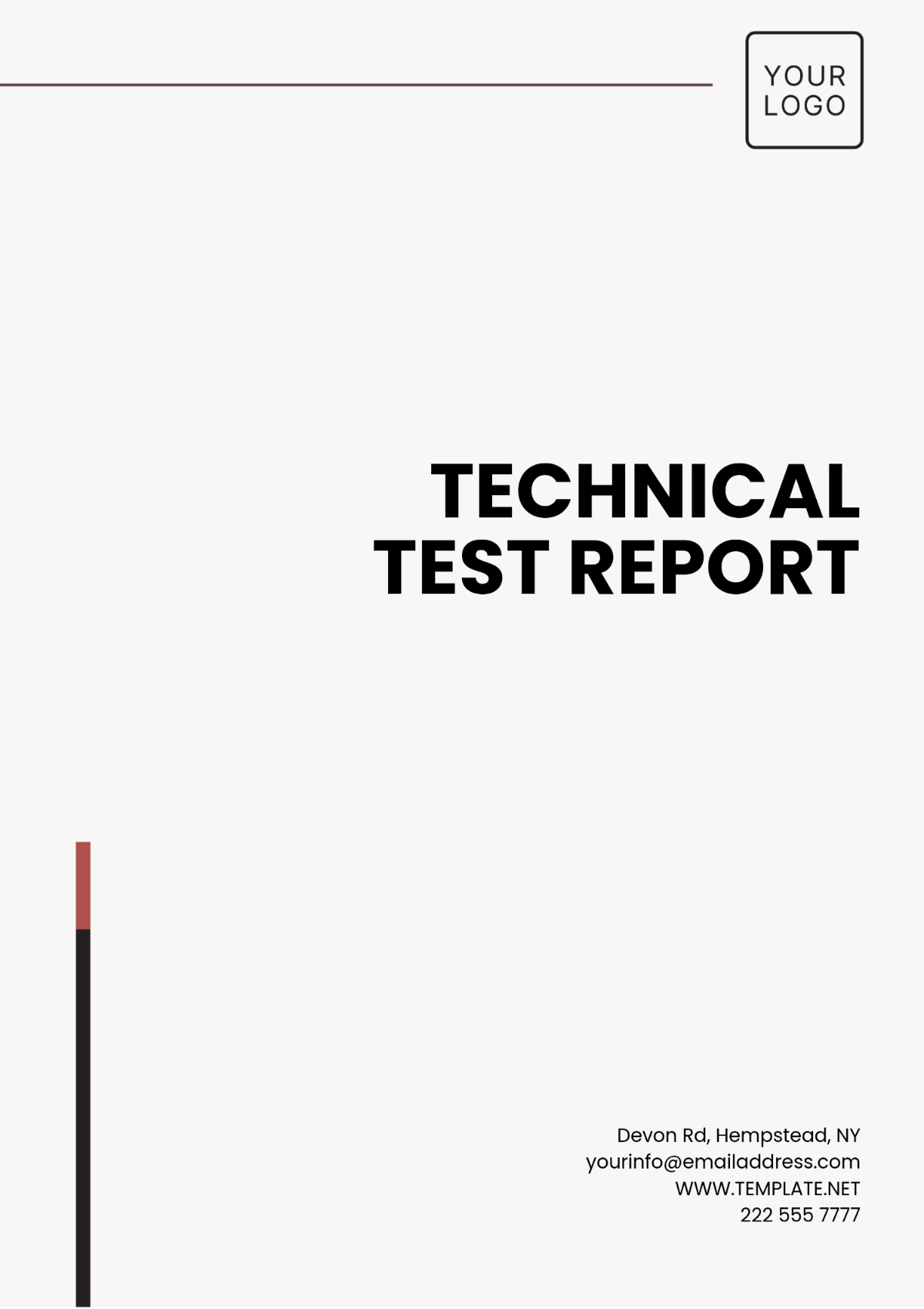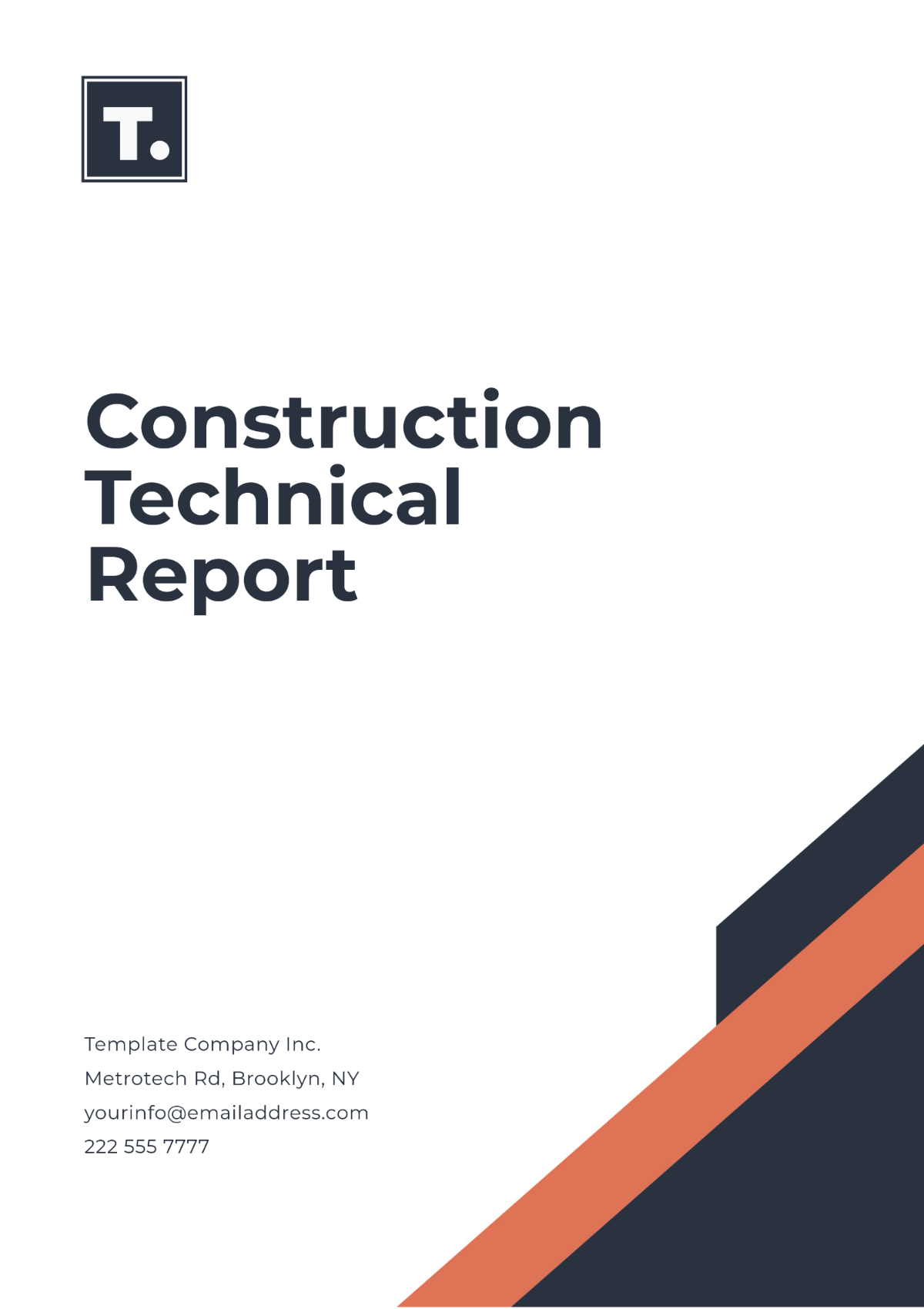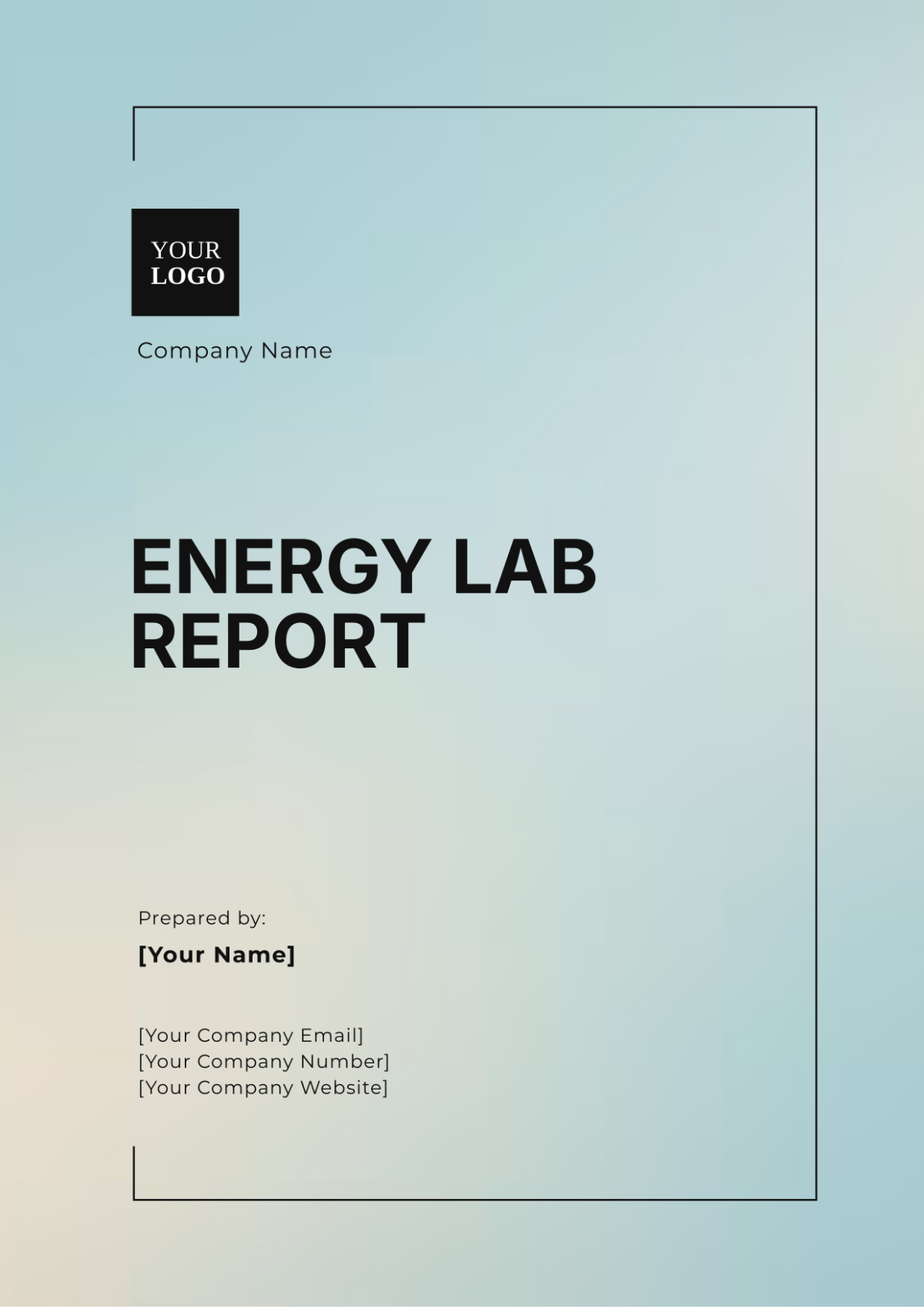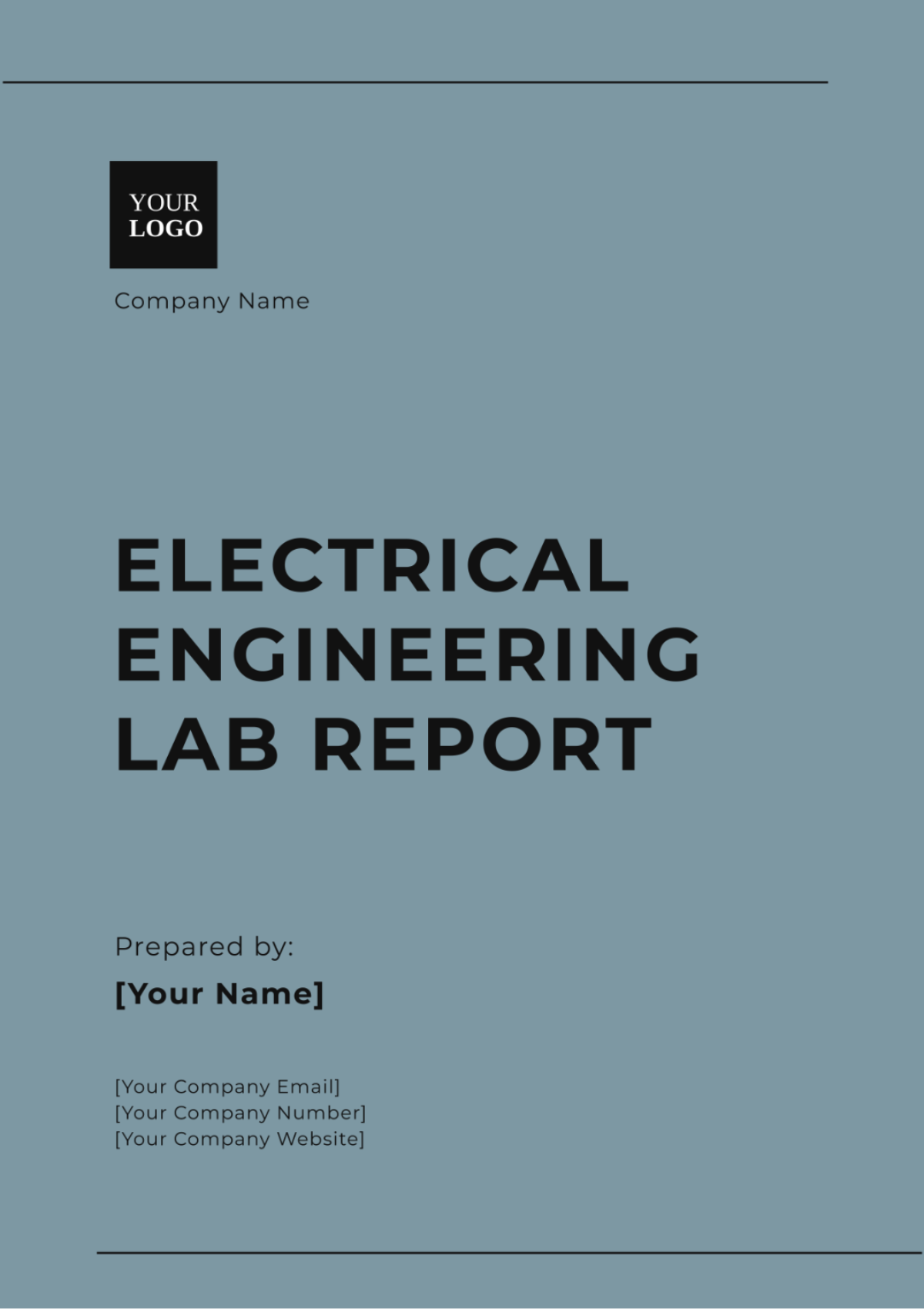Engineering Technical Report
Prepared by: [YOUR NAME]
I. Introduction
The introduction section provides an overview of the project objectives, methodologies employed, and the scope of the study.
Project Objectives
The primary objective of this study was to investigate the efficiency of renewable energy systems in urban environments. Specifically, the aim was to quantify and analyze the performance of solar photovoltaic (PV) panels and wind turbines installed in major cities across the United States.
The study sought to identify factors influencing energy generation and explore opportunities for optimizing renewable energy integration within urban landscapes.
Methodologies
The methodologies utilized in this project included a combination of field surveys, data collection from existing installations, and computer simulations using advanced modeling software.
Field surveys involved visiting selected urban sites with installed solar panels and wind turbines to assess their operational efficiency and environmental conditions. Data collected included solar irradiance levels, wind speeds, temperature variations, and energy output measurements.
Computer simulations using industry-standard software such as PVsyst for solar panels and WindPRO for wind turbines were employed to predict energy generation potential under varying conditions.
Scope of Study
The scope of this study encompassed major cities in the United States known for their diverse urban environments and varying climatic conditions. Specifically, cities such as New York, Los Angeles, Chicago, and Houston were included in the study.
The focus was on understanding how urban morphology, including building density, height, and orientation, impacts the performance of renewable energy systems. The study period spanned from January 2050 to June 2050, covering seasonal variations to capture different environmental influences on energy generation.
II. Experimental Setup
This section details the experimental setup used in conducting the research.
Equipment and Materials
The equipment and materials used in the experiments included:
Equipment/Material | Description |
|---|---|
Solar Irradiance Meters | Instruments to measure incident solar radiation at various locations. |
Anemometers | Devices used to monitor wind speed and direction at specific points. |
Data Loggers | Devices for recording environmental parameters such as temperature and humidity. |
Computer Models | Software tools including PVsyst for solar panel simulations and WindPRO for wind turbine performance predictions. |
Procedures
The procedures followed during the experiments involved:
Site Selection: Selection of urban sites based on the presence of installed renewable energy systems and representative urban conditions.
Measurement Installation: Installation of measurement equipment (solar irradiance meters, anemometers, data loggers) at strategic locations within each site.
Data Collection: Continuous monitoring and data logging over six months, collecting data at regular intervals (e.g., hourly or daily) to capture variations in energy generation.
Simulation Analysis: Use of computer simulations (PVsyst, WindPRO) to complement field data and predict energy generation potential under different environmental scenarios.
III. Results and Findings
This section presents the results obtained from the experiments and data analysis.
Data Analysis
The data collected was analyzed using statistical methods and compared with industry standards and theoretical models. Statistical analyses included correlation studies between solar irradiance levels, wind speeds, and energy output from renewable energy systems.
Data normalization techniques were applied to account for variations in weather conditions and ensure accurate comparisons between different sites and time periods.
Key Findings
The key findings from the data analysis include:
Key Finding | Description |
|---|---|
Solar Panel Efficiency | Average efficiency of solar panels in urban environments was 18%, impacted by shading and air pollution. |
Wind Turbine Performance | Wind turbines exhibited variable power output, influenced by local wind patterns and building obstructions. |
Seasonal Variations | Solar panels performed better during summer months due to longer daylight hours, while wind turbines showed higher outputs in winter months with increased wind speeds. |
IV. Discussion
The discussion section interprets the findings and explores their implications.
Interpretation of Results
The results were interpreted to indicate the need for localized renewable energy strategies tailored to urban microclimates and infrastructure constraints. The findings underscored the importance of optimizing solar panel orientation and integrating wind turbines in urban planning to maximize energy capture efficiency.
Implications
The implications of these findings on urban planning and renewable energy policy are significant. Effective integration of renewable energy systems into urban landscapes requires:
Consideration of building height and density to minimize shading and maximize solar exposure.
Strategic placement of wind turbines to harness prevailing wind patterns while mitigating turbulence caused by surrounding structures.
Adoption of smart grid technologies and energy storage solutions to balance intermittent renewable energy outputs with urban energy demands.
V. Conclusion
The conclusion section summarizes the key points of the report and provides recommendations.
Summary
In conclusion, this report has provided a comprehensive analysis of renewable energy systems' performance in urban settings, highlighting challenges and opportunities for improving efficiency and integration.
The study demonstrated that while urban environments pose unique challenges to renewable energy deployment, careful planning and technological advancements can enhance energy sustainability and resilience in cities.
Recommendations
Based on the findings, it is recommended that:
Urban planners integrate renewable energy considerations early in the design phase of urban infrastructure projects.
Further research be conducted to refine predictive models and optimize renewable energy system performance in diverse urban contexts.
Policymakers incentivize renewable energy adoption through regulatory frameworks and financial mechanisms that support sustainable urban development.
